Women and Back Pain
Women suffer more Back Pain, There are several different reasons for this. Women have different anatomy from men and some of these differences can manifest as Back Pain. Also, the anatomy of women is different from men. Childbirth, wearing heels, and the shape and angle of the hips to the pelvis are all contributing factors when it comes to women’s back pain.
We can divide causes of pain in women into pain related to female anatomy and physiology, and then the anatomical differences between male and female. Women should always seek the guidance of a qualified practitioner or GP.
When asking women about their lower back pain we will discuss female-specific health issues, as part of triage and finding the right course of action.
Causes of Back Pain in Women
Women’s specific back pain causes include
- Menstrual pain, which doctors may also call dysmenorrhea, can occur just before or during menstruation. Symptoms vary from mild to severe and may include lower abdominal cramps lower back pain and pelvic discomfort.
- Endometriosis is a chronic condition where tissue similar to the uterine lining grows outside the uterus. It can affect the ovaries, fallopian tubes, and other organs.
- Pelvic inflammatory disease (PID)is an infection of the reproductive organs, primarily the uterus, fallopian tubes, and ovaries.
- Fibroids are benign growths that develop in the uterus. Symptoms include pelvic pain/pressure, heavy menstrual bleeding, and lower back pain.
- Pregnancy. Lower back pain can occur during pregnancy as the individual’s center of gravity shifts, increasing the stress on their lower back muscles. Hormonal changes can also contribute to pain and discomfort.
- Ovarian cysts are fluid-filled sacs that form on or within the ovaries. Small ovarian cysts may not cause symptoms, but larger ones can cause pelvic pain or pressure and sometimes lower back pain.
- Adenomyosis occurs when the endometrial tissue grows into the muscular wall of the uterus. Symptoms include menstrual, pelvic and lower back pain
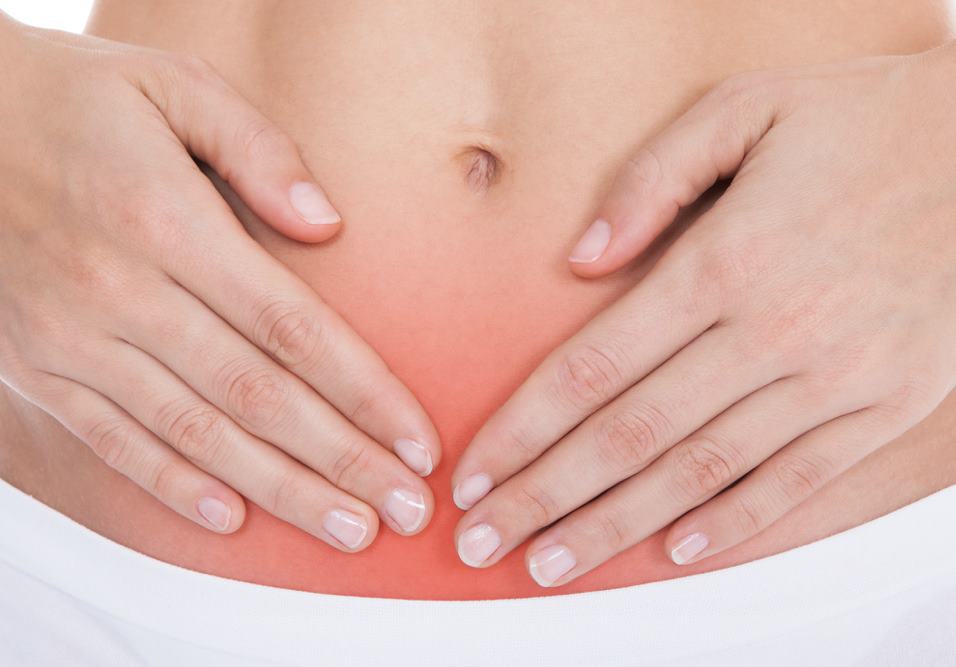
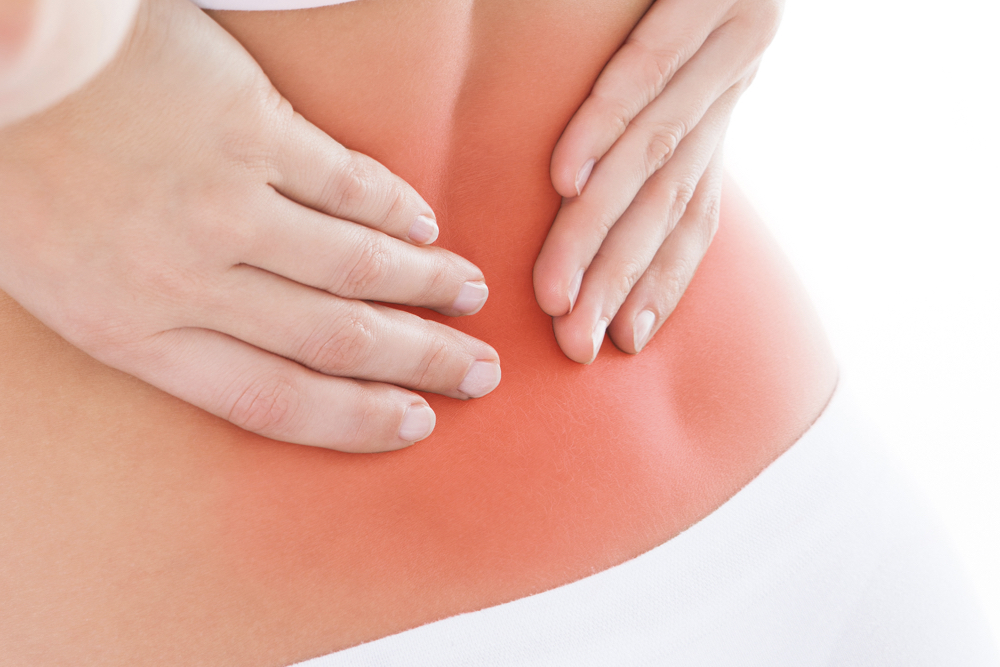
Women’s Back Pain – Anatomy
Women’s anatomy is different from men’s. The shape of the pelvis is different because of childbearing. The woman’s pelvis has to have a wider opening the the baby to pass during the birthing process. The pelvis is also shorter or has less height.
The width of the pelvis also means that the hips sit wider apart and the muscles that move the legs are at a less advantageous angle and therefore weaker and more predisposed to injury and strain. This is called the “Q angle” and is also the reason that women suffer more knee injuries than men when playing the same sports.
Women’s Back Pain – Pelvic floor
The pelvic floor is like a tight drum supporting the lower abdominal contents and pelvic organs. It can get weak by wearing high heels and giving birth. this can mean that the lower back is not so well-supported as part of the core muscles of the body.
Women’s Back Pain – High heels et al
Fashion can cause back pain from wearing high heels and tight supportive underwear. Large bust sizes can cause upper back and neck pain and even cause the lower back to arch more to compensate for the head and neck.
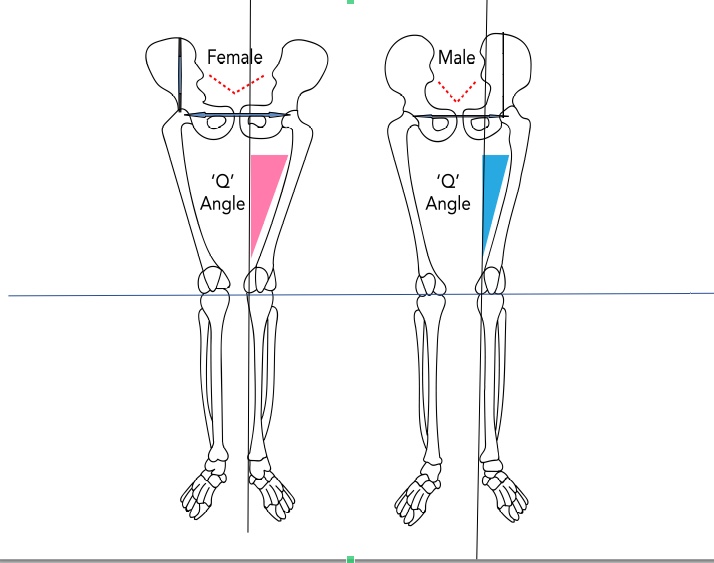
Difference in Q angle and pelvic shape in men and women
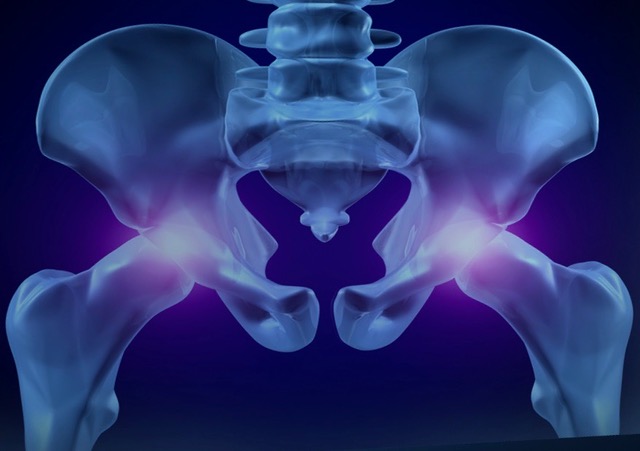
Women-specific treatment
Particular care and understanding are needed when helping women. As discussed, the pelvic and hip angles are more troublesome but can be helped with kegel exercises. Also adding exercises that help the pelvic floor work together with the leg and postural muscles helps by acting as a muscle chain.
Treating and helping with scar tissue including that from childbirth. C-section scars can cause tethering and weaken the muscles locally.
Helping with posture as a result of wearing high heels, larger bust sizes, and problems during pregnancy may also need to be addressed. This may include calf tightness, neck, and shoulder pain, and helping with the trauma women go through while giving birth and looking after a baby.
Understanding these specific problems helps us provide women centred care to help obtain the best possible results and outcomes.
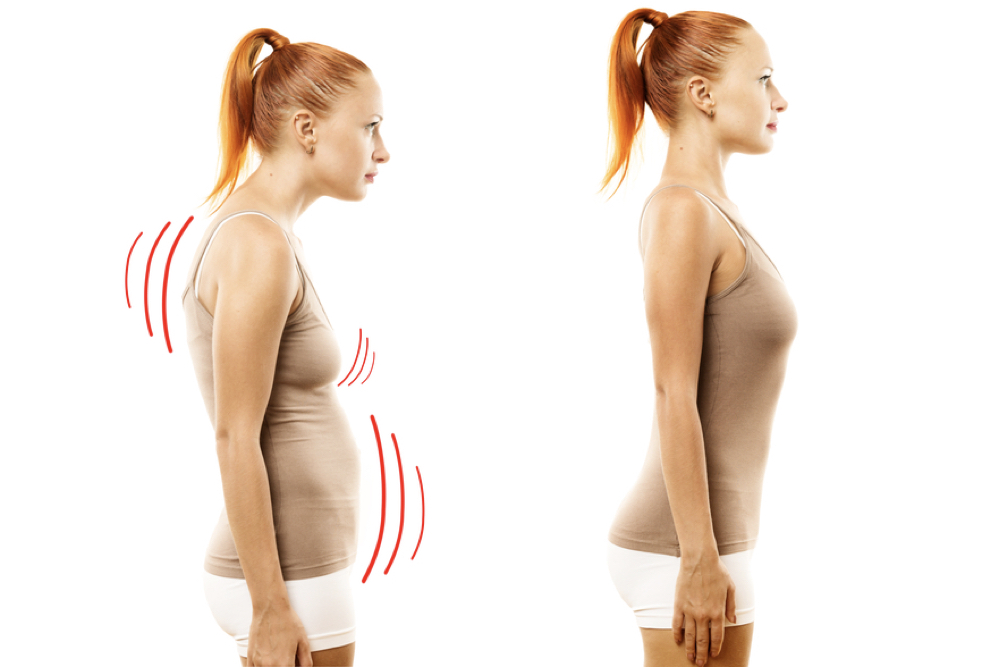
Please take a look at our testimonials page

